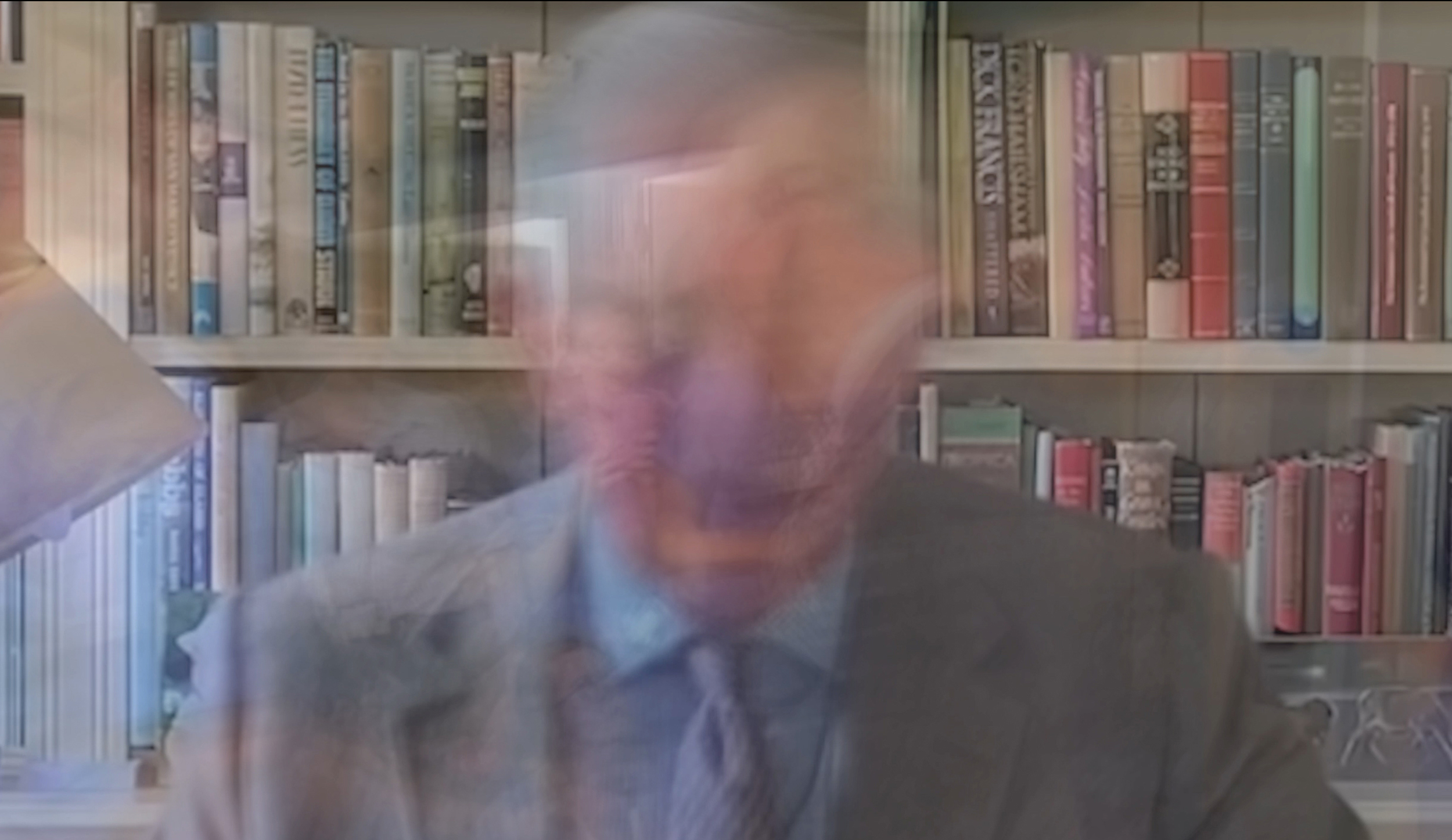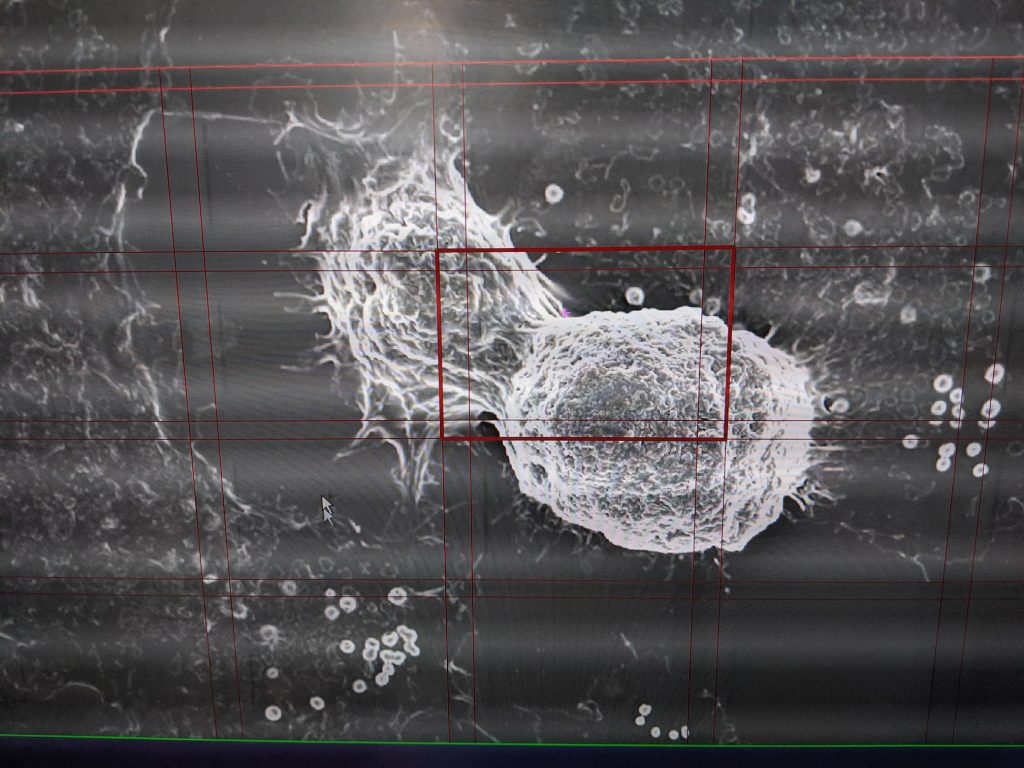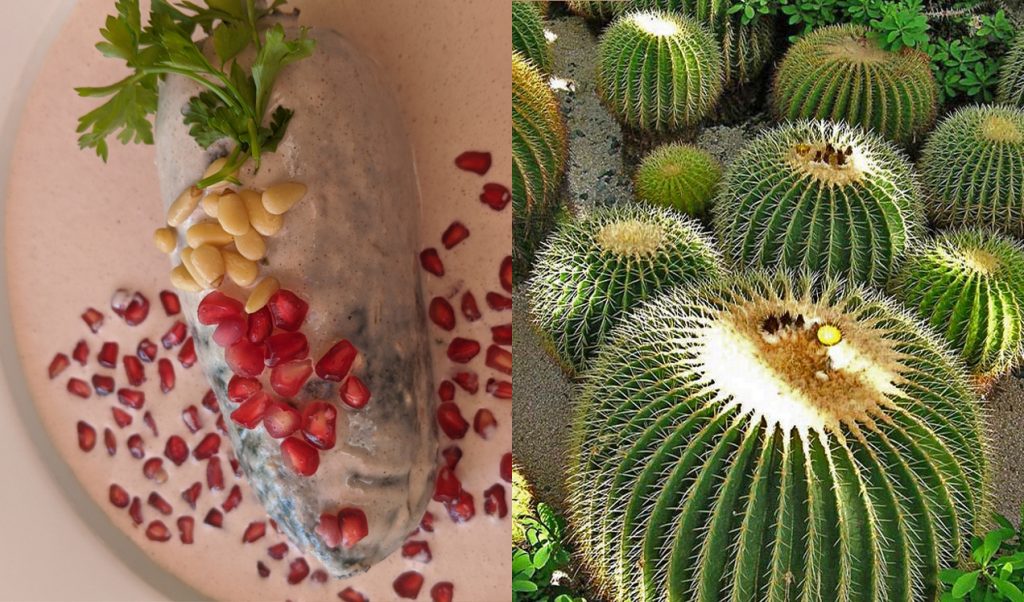
Andrea Rassell, Grey Goo (working title), 2020. Image courtesy the artist
ANAT Alumnus :: Andrea Rassell
ANAT ALUMNUS :: ANDREA RASSELL is a filmmaker and interdisciplinary researcher in science art. Focusing on nanoart — that is, artforms that engage with nanoscience and nanotechnology — she creates experimental films and moving image installations that explore scale, technological mediation, and the multisensory perception of the sub-molecular realm.
ANAT first supported Andrea during her 2019 ANAT Synapse residency, when she worked with scientist Vipul Bansal to explore how art can be used to interrogate the social, cultural and ethical implications of nanoscale biosensing technologies. The works developed were a poetic sound installation, a large-scale interactive microscope and a three channel video installation based around interviews with female nanoscientists from the Ian Potter NanoBioSensing Facility.
2019 ANAT Synapse Residency
ANDREA RASSELL + PROFESSOR VIPUL BANSAL at the Nanobiosensing Facility, RMIT University
Read Andrea’s ANAT Synapse blog here
Andrea began by using a high-resolution Scanning Electron Microscopy (SEM) to visualise the nanotechnologies being developed in the lab. She then created experiments leading towards capturing cell interaction with nanobiotechnologies and then using lab-grown cells to test media workflow and the integration of scientific imaging with media software.

The gridded lines of the FEI MAPS software that enables data collection across large areas, producing images of up to a terabyte that have sufficiently high depth, width and height resolution that they can later be used for virtual applications.
This work resulted in capturing the necessary volume of images needed for virtual cinematography, with thousands of the SEM images culminating in what Andrea calls a ‘virtual microscope’.
Andrea worked with two nanomaterials – CuTCNQ, a crystalline material that acts a sponge for toxic environmental and industrial chemicals, and ZIF-8, a nanoengineered material that acts as a gene-delivery system in cancer therapy. The nanoparticles are shown here on top of prostate tumour cells.
In discussing her motivations in applying for the residency Andrea said the program “is unparalleled in Australia” and being “able to treat my creative practice as my full time job, was utterly wonderful.” On working alongside scientists in the lab Andrea said she “really enjoyed the collaborative nature of the research and having access to all these great minds (as opposed to being restricted to just working with one scientist).”
Since April this year, Andrea has been in Mexico as a resident at Taller 30 (Studio 30), a collaborative space in San Miguel de Allende that houses artists working across art, technology, science, sound and design. Inspired by the artists’ knowledge of socially embedded practices, mechanical engineering, and digital development, Andrea says their influence has been central in building the physical interface and audience experiences for the work now titled The Society of NanoBioSensing: Virtual Microscope.
As Andrea notes, “public engagement with nanotechnology is problematic for multiple reasons, not least because of our inability to visualise these technologies via optical methods”. The images created for the virtual microscope depict aspects of nanobiotechnology in ultra-high resolution, providing audiences with a way to explore and move around the images using their own physical gestures. The work-in-progress virtual microscope can now be exhibited as a public installation, with the navigable, super-high resolution imagery able to be experienced without the need for an actual microscope.
Despite the heavy toll the pandemic is taking in Mexico, Andrea has felt fortunate to ride it out in the less populated area of San Miguel de Allende. “The attitudes of this collective, who were originally based in Mexico City, before moving to a much smaller city, have made me reflect upon cycles of access to the arts and artmaking, especially with regards to scientific collaboration”. She goes on to say that the artists “still travel to collaborate with scientists and universities but are becoming more self-sufficient with their scientific and technological capabilities as time passes. I’m really inspired by this model, enabling a life closer to nature and not in the concrete jungle but maintaining connections with science art.”

Chiles en Nogada, a dish served to celebrate Mexican Independence Day, but only during the month of September. In part a way of protecting one of the ingredients, the crystallized pulp of the Biznaga Cactus (acitron), that takes such a long time to grow and it is at risk of endangerment. Images courtesy the artist.
The research from the ANAT Synapse residency, her time at Taller 30 and a City of Melbourne grant led to the realisation of the ‘Society of NanoBioSensing: Virtual Microscope’, which went live on 30 June, 2020.
Earlier this year, Andrea was announced as one of the successful ANAT Ideate artists, with her proposed research using the notion of body politics – how society regulates the human body, and the struggle between individual and social control of the body – to further explore and interrogate the entanglement of nanobiotechnologies and media art practices.
Read Andrea’s ANAT Ideate blog here
Having spent the first few weeks of her ANAT Ideate research reading and responding to creative works engaging with biopolitical ideas, Andrea has come to understand the importance of public understanding of the different types of nanobiotechnologies. She says, “one thing that struck me about the Genetically Modified Organism backlash was that the public largely took GMOs to be a single technology that they were choosing to be for or against. The reality is way more complex.”
Andrea successfully pitched an early ANAT Ideate video work, Grey Goo (working title), to the National Autonomous University of Mexico (UNAM), the largest public research university in Latin America with one of the biggest campuses in the world. The work, which shows a barely recognisable Prince Charles morphing and shape shifting, has been accepted for TV UNAM, the University’s educational television network.
In another promising collaboration, during October and November 2020, Andrea will be working online with a team of art and science students from Tecnológico de Monterrey, who will participate in another ANAT Ideate video work, They knew my body was printing its secrets in salt, which looks at speculative data and surveillance nanobiopolitics.
See, hear and read more…
Andrea’s work has shown at the New York Imagine Science Festival, Oaxaca FilmFest in Mexico, New Zealand International Film Festival, White Night in Australia and Sónar+D in Spain.
Visit The Society of NanoBioSensing: Virtual Microscope
Recent publications:
‘Wildly Oscillating Molecules: Technological mediation of the atomic force microscope’, Technoetic Arts: A Journal of Speculative Research, 17:3; Rassell, Andrea (2019)
‘Biomimetically Mineralized Zeolitic Imidazolate Framework-8 (ZIF-8) Polymorphs for Nucleic Acid Delivery and Targeted Knockdown of Gene Expression in Prostate Cancer’, Arpita Poddar, Suneela Pyreddy, Andrea Rassell, Matthew R. Field, Sudip Dhakal, T. Srinivasa Reddy, Paolo Falcaro, Cara M. Doherty, Ravi Shukla (2020)
ANAT Synapse Residencies 2020 | 2019 | 2018 | 2017 | 2016 | OLDER
The ANAT Synapse program is made possible through the generous support of the Copyright Agency’s Cultural Fund.